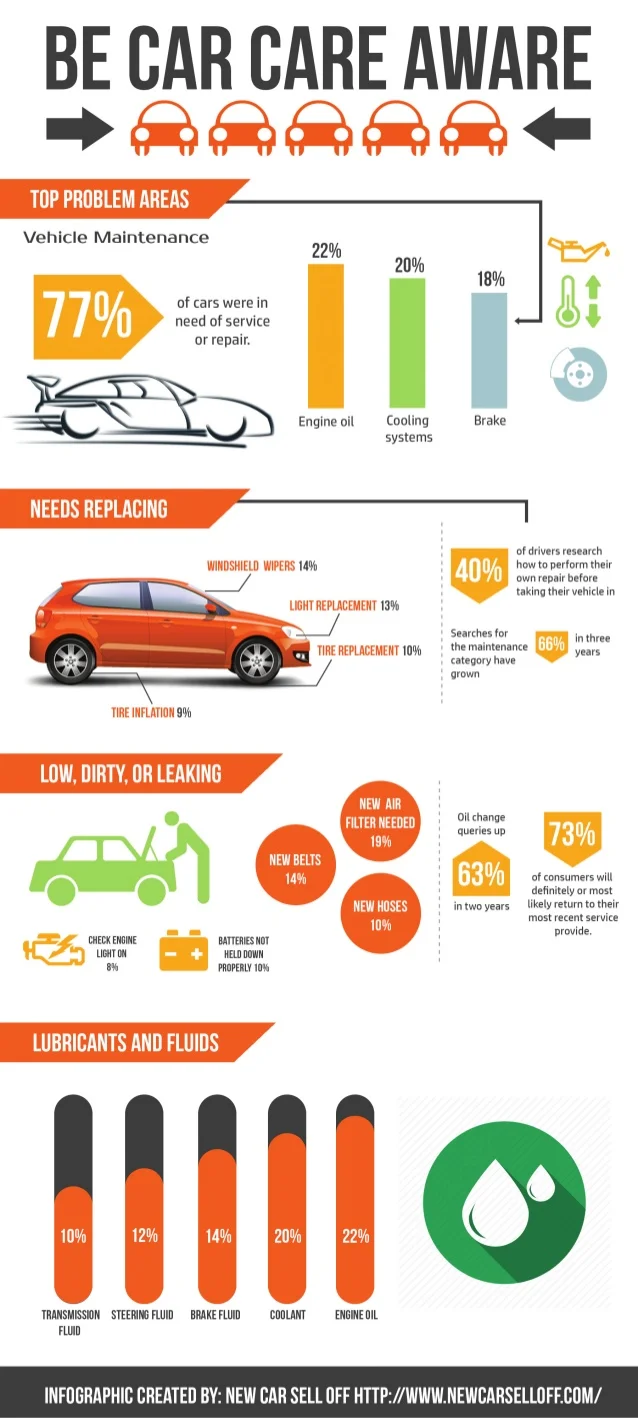Eager To Recognize What The Control Panel Warning Lights In Your Automobile Indicate? Explore Their Significances For The Well-Being And Security Of Your Vehicle
Eager To Recognize What The Control Panel Warning Lights In Your Automobile Indicate? Explore Their Significances For The Well-Being And Security Of Your Vehicle
Blog Article
Written By-Hartley Corbett
When you lag the wheel, those beautiful caution lights on your dashboard can be a little bit complicated. Do you know what they're trying to tell you regarding your auto's health? Understanding the significance of these lights is vital for your safety and the durability of your car. So, the next time one of those lights appears, would not you wish to decode its message accurately and take the needed actions to resolve it?
Common Caution Lights and Interpretations
Recognize usual caution lights in your automobile and recognize their definitions to ensure secure driving.
The most regular caution lights include the check engine light, which signifies concerns with the engine or exhausts system. If this light comes on, it's crucial to have your automobile examined promptly.
The oil pressure cautioning light indicates reduced oil pressure, requiring immediate focus to prevent engine damages.
A flashing battery light might suggest a defective billing system, possibly leaving you stranded otherwise addressed.
The tire stress monitoring system (TPMS) light informs you to reduced tire pressure, impacting lorry stability and gas efficiency. Ignoring this might result in hazardous driving conditions.
The ABS light indicates a problem with the anti-lock braking system, endangering your ability to stop quickly in emergency situations.
Last but not least, the coolant temperature level cautioning light warns of engine overheating, which can lead to extreme damages otherwise resolved promptly.
Comprehending https://spectrumlocalnews.com/nc/triangle-sandhills/news/2022/01/28/labor-and-part-shortages-causing-backlog-at-car-repair-shops- will assist you resolve concerns without delay and preserve risk-free driving problems.
Importance of Prompt Attention
Comprehending the usual warning lights in your vehicle is just the first step; the importance of promptly addressing these cautions can't be stressed sufficient to ensure your safety and security on the road.
When a warning light brightens on your dashboard, it's your cars and truck's way of communicating a prospective issue that requires attention. Ignoring these warnings can bring about much more serious problems later on, jeopardizing your safety and security and possibly costing you more out of commission.
Prompt attention to cautioning lights can avoid failures and crashes. For example, a flashing check engine light can indicate a misfire that, if left neglected, can trigger damages to the catalytic converter. Resolving this quickly can conserve you from a costly repair.
In a similar way, a brake system advising light could indicate low brake liquid or worn brake pads, vital elements for your safety and security when driving.
DIY Troubleshooting Tips
If you discover a caution light on your control panel, there are a couple of do it yourself repairing tips you can attempt before looking for specialist aid.
The primary step is to consult your vehicle's manual to understand what the details caution light indicates. Occasionally the issue can be as basic as a loose gas cap triggering the check engine light. Tightening up the gas cap might deal with the problem.
An additional usual concern is a reduced battery, which can activate numerous alerting lights. Checking carvaleteastauckland for rust and guaranteeing they're protected may deal with the issue.
If a warning light persists, you can try resetting it by detaching the auto's battery for a couple of minutes and after that reconnecting it. Additionally, examining your vehicle's liquid degrees, such as oil, coolant, and brake fluid, can aid repair advising lights related to these systems.
Conclusion
Finally, understanding your automobile's caution lights is essential for keeping your vehicle running efficiently and securely. By promptly attending to these signals and knowing what they suggest, you can stay clear of pricey repairs and potential malfunctions.
Keep in mind to consult your vehicle's handbook for certain details on each cautioning light and act appropriately to ensure a trouble-free driving experience.
Remain notified, stay secure on the road!
